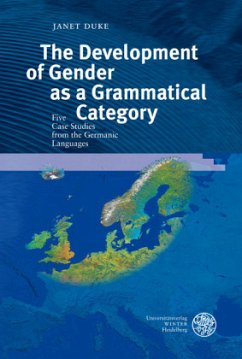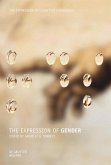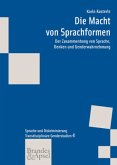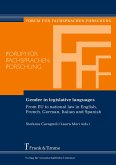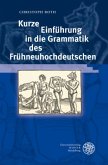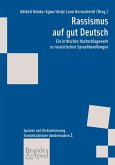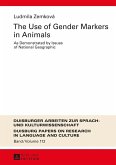This volume looks at the diachronic development of gender as a grammatical category both from a universal and from a Germanic perspective. The study begins with a discussion of the unclear role of gender in the communicative process, including its status in relation to other grammatical categories, its emergence and development through grammaticalization, its relationship to derivational morphology, and the reasons for gender reduction and loss. The development of gender as a grammatical category is then traced in five case studies: German, Mainland Scandinavian, English, Dutch, and Afrikaans. All of these languages have witnessed a reduction in the number of so-called targets which take gender inflection and - with the notable exception of the German - all have reduced the number of genders or have lost the category entirely. It is shown that in most cases gender remains an important factor in the distribution of inflection classes. The potential reasons for gender reduction andloss are also compared, especially with respect to language or dialect contact as a decisive or contributing factor.
Bitte wählen Sie Ihr Anliegen aus.
Rechnungen
Retourenschein anfordern
Bestellstatus
Storno

